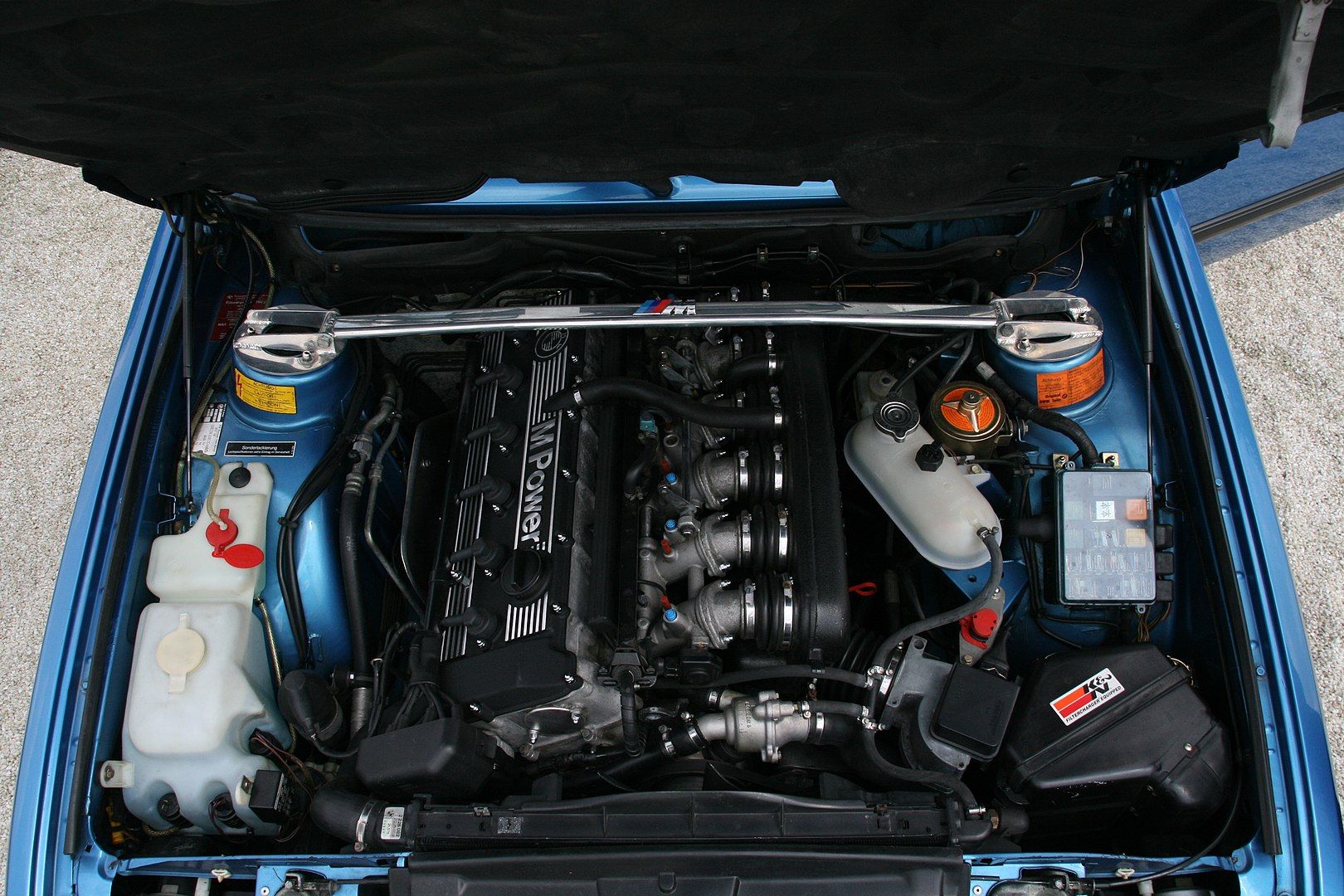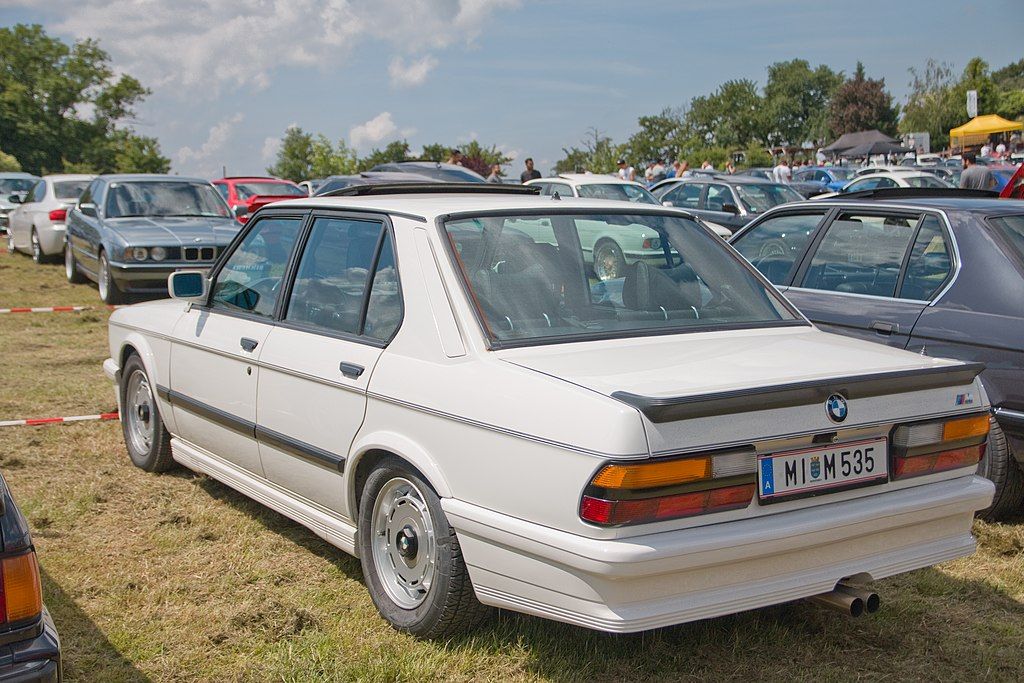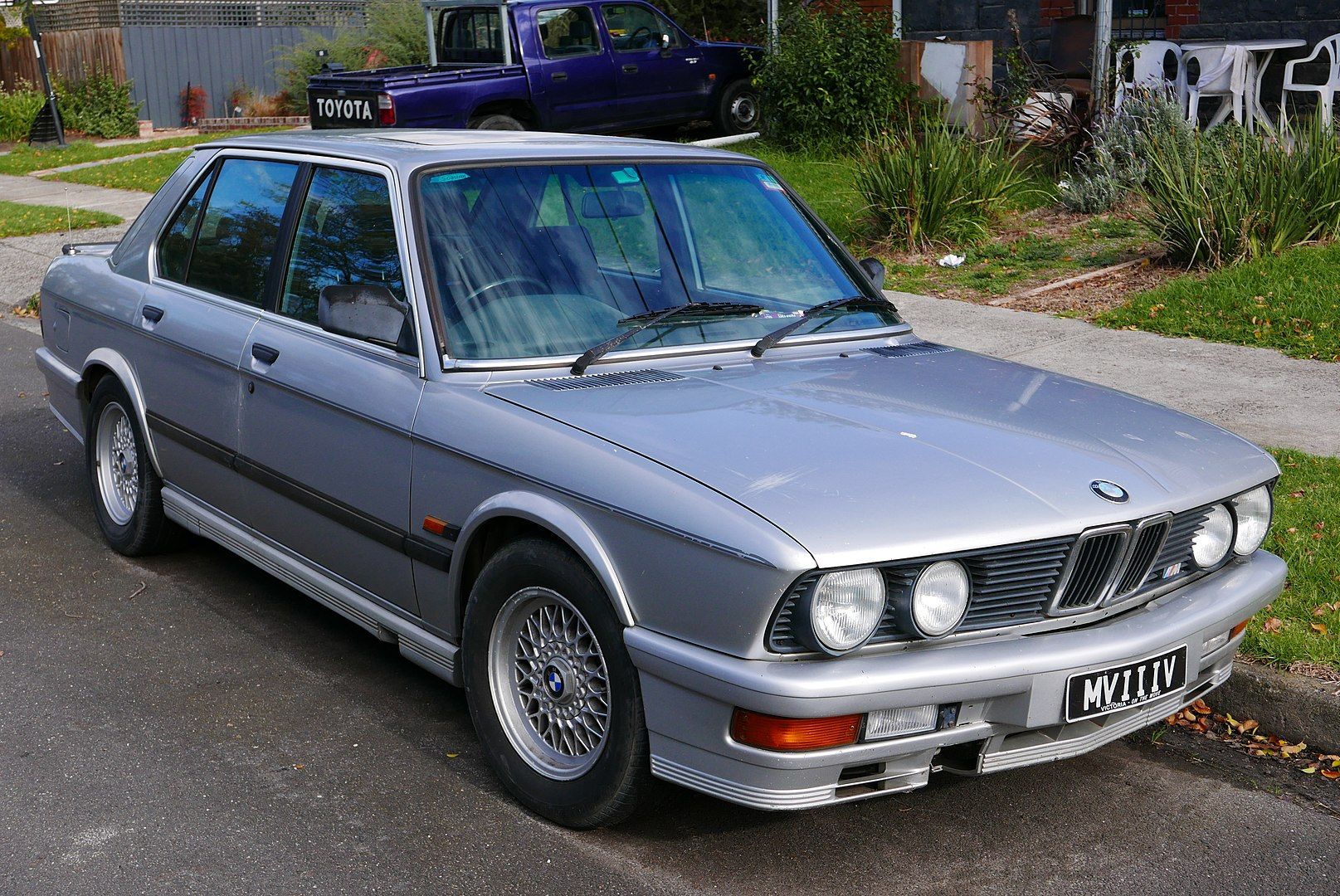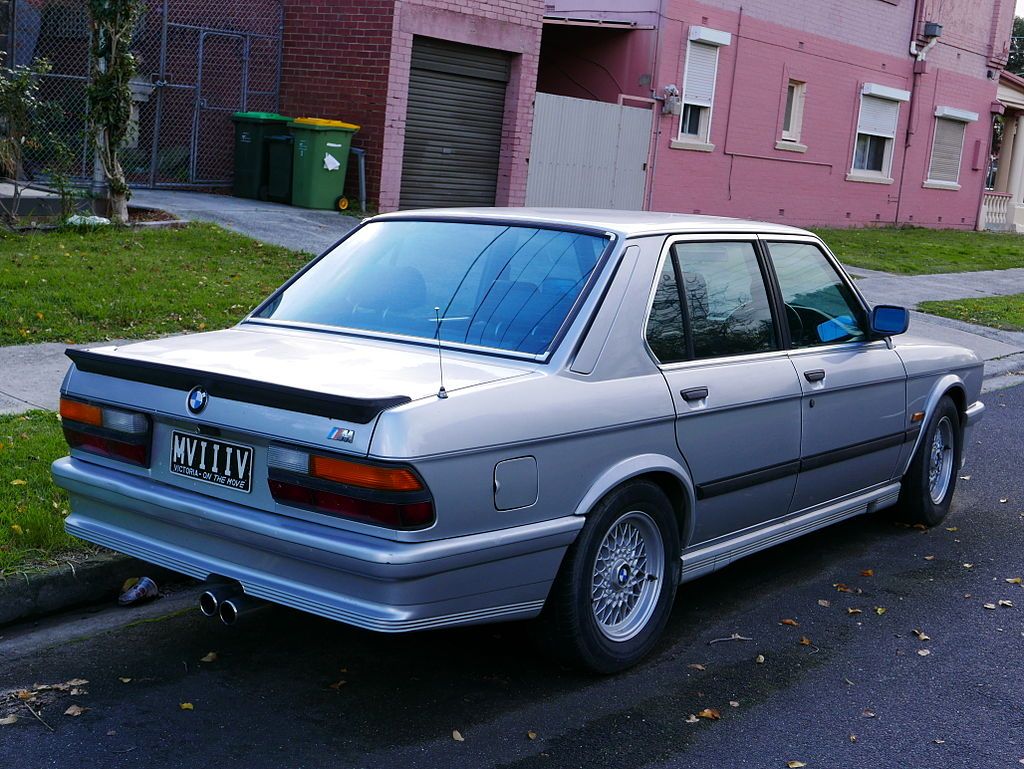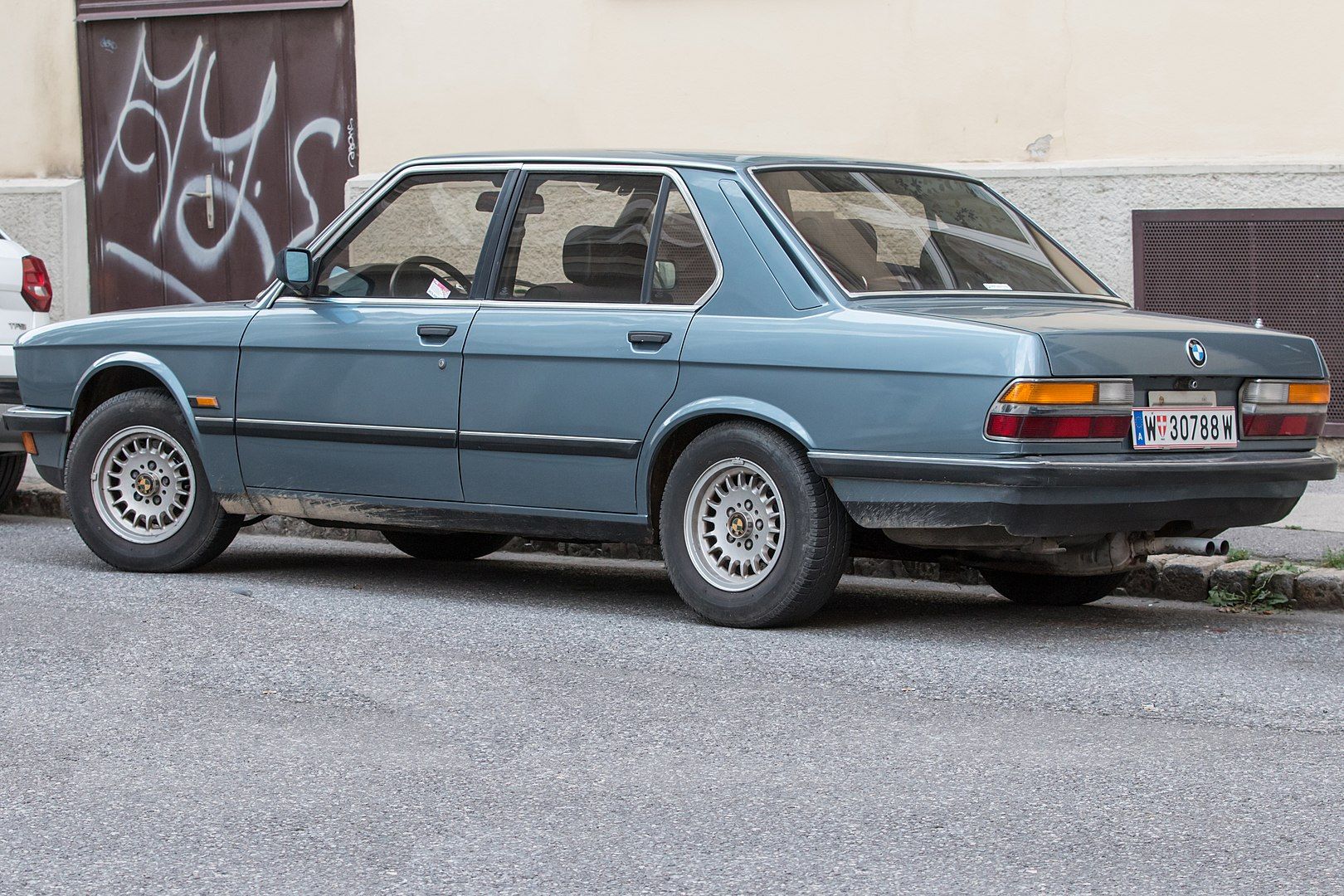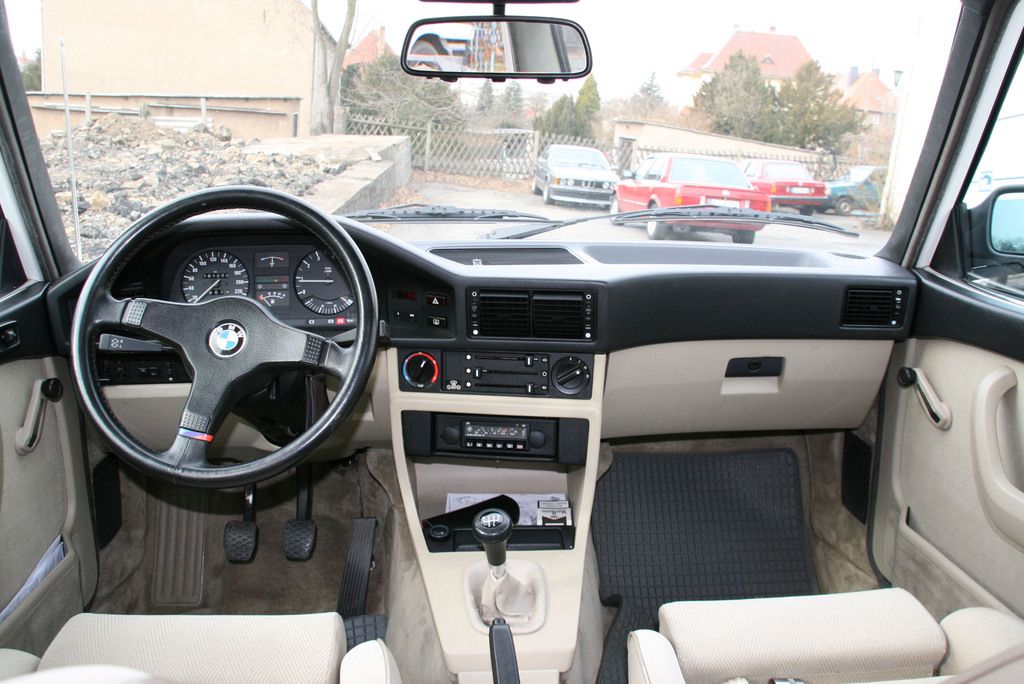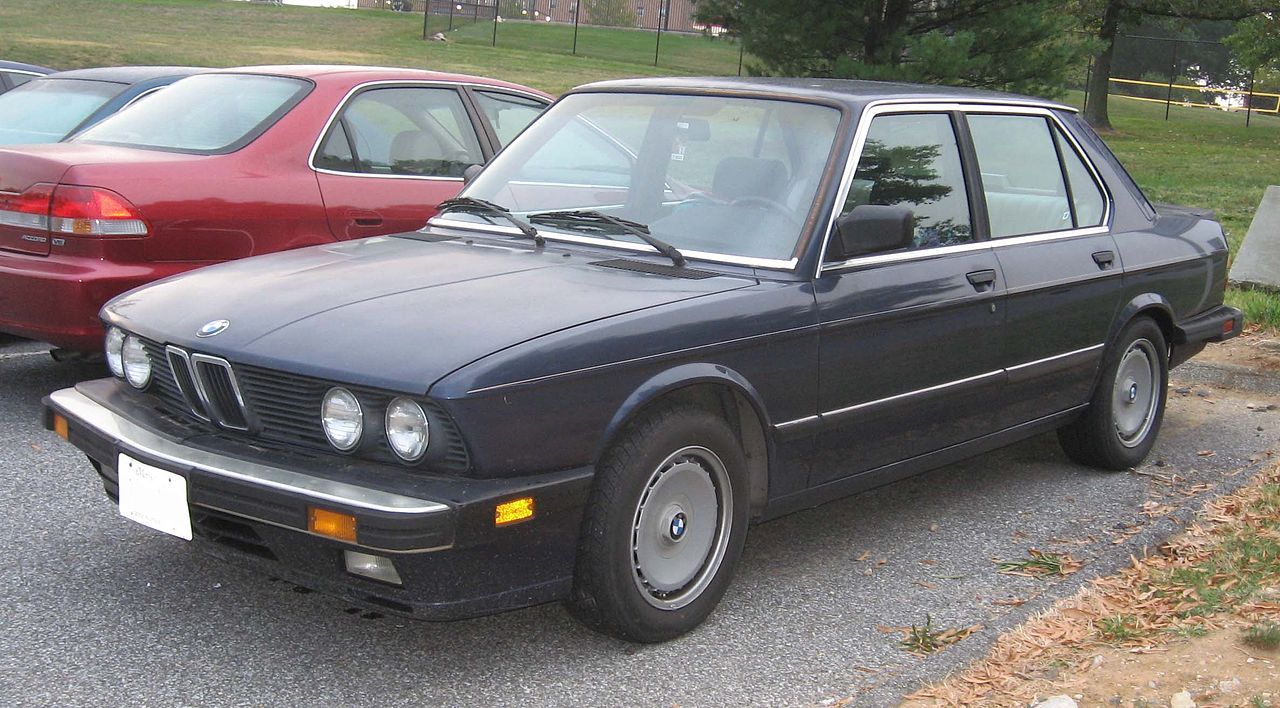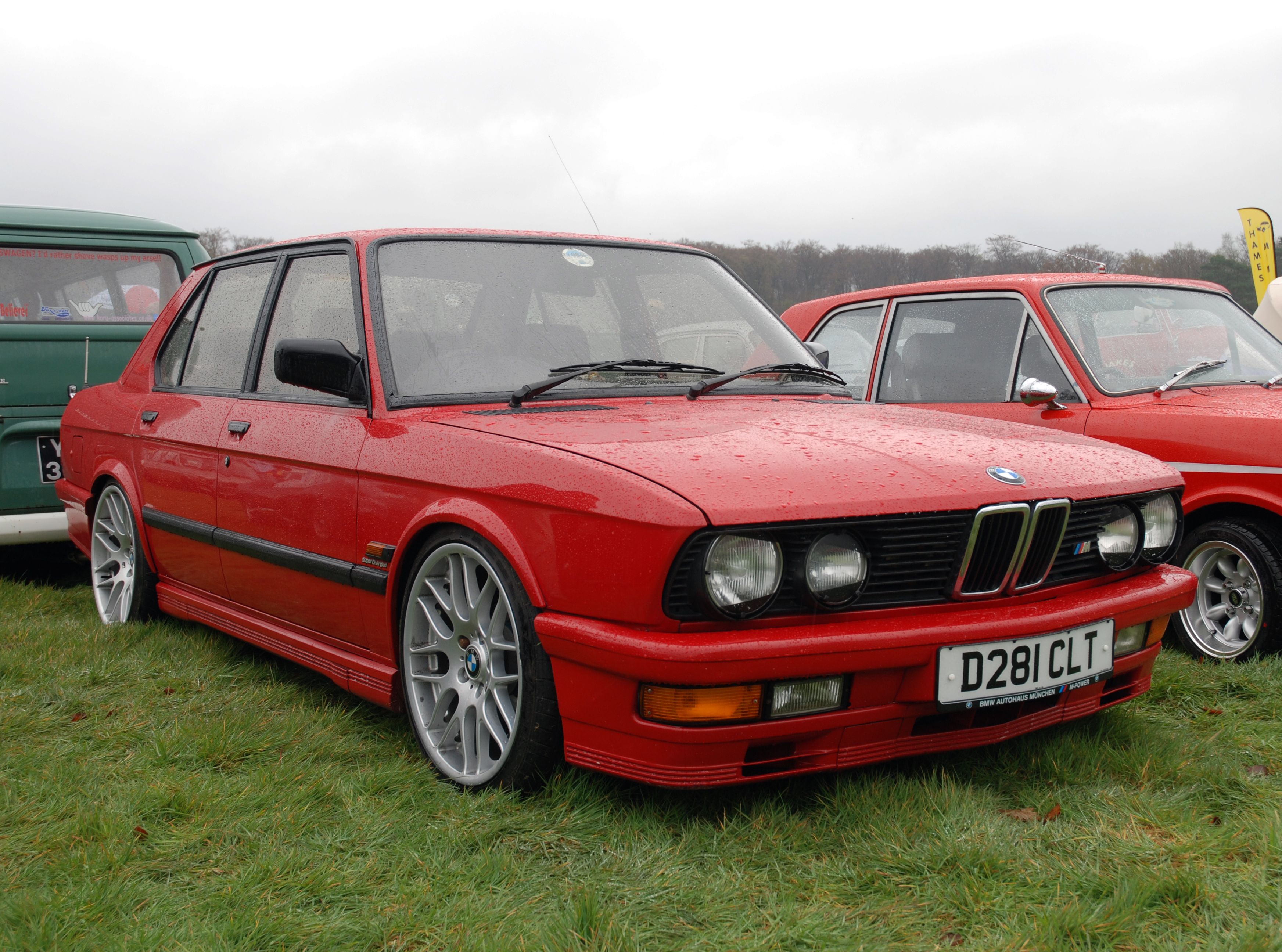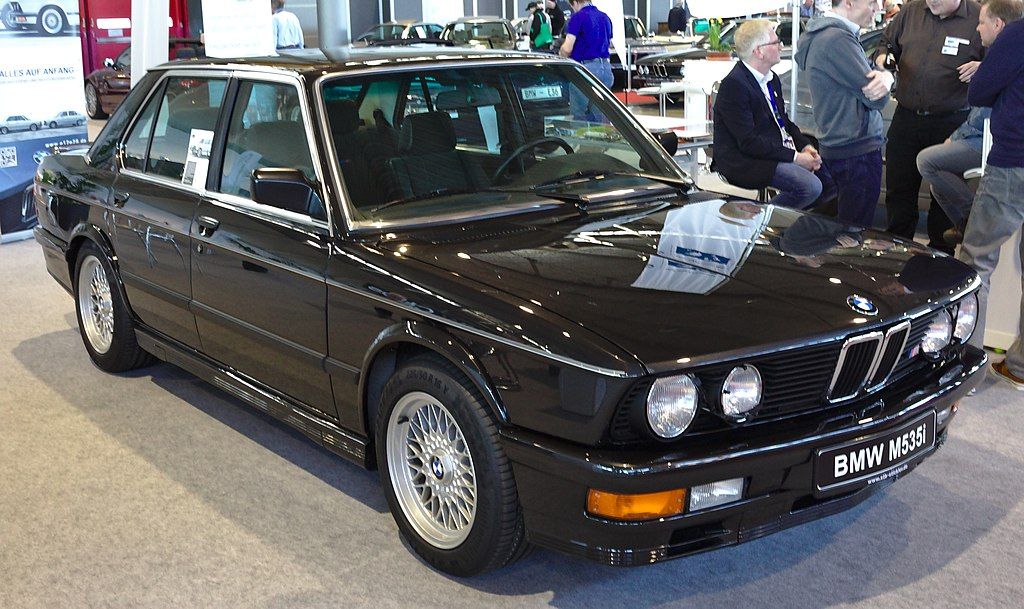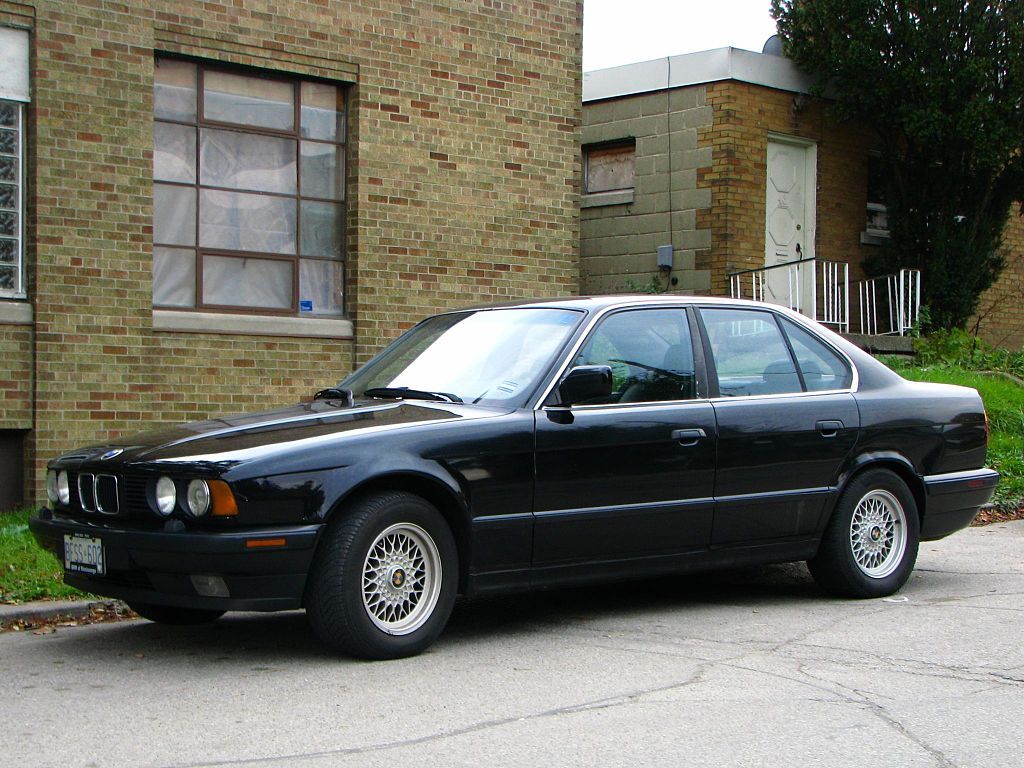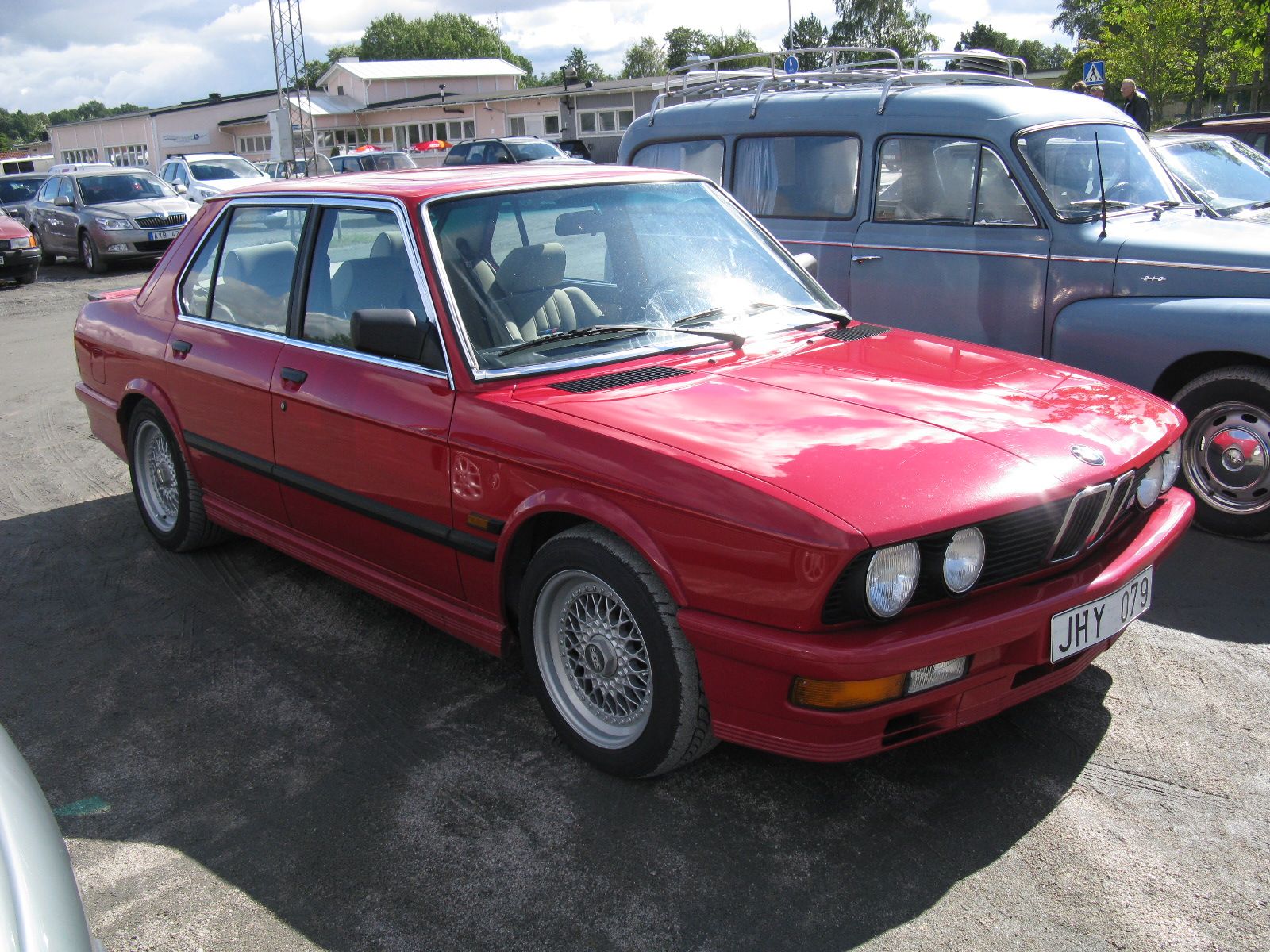The M5 can thank one car for making it what it is today, and that is the BMW E12 M535i. The E12 series saw a series of changes to BMWs that became iconic features, but none more so than the M535i. With only 1,650 of them produced, they are rare gems that also served as the lead-in to the ever-enduring M5 series.
The BMW E12 M535i began production in 1980 and ended one year later. The car featured a series of namable parts, like Rearco seats and Mcpherson suspension struts. While the availability of the car is minimal, it will forever be an example of how a car can forever raise standards.
10 It Used A Straight-6 Engine
The first thing anyone should praise about the M535i is its engine. Up until around 1975, E12 cars were built with 4-cylinder engine blocks. The M535i is the only car in the E12 lineup that came with an M30 inline-six engine with a 3.5-liter displacement.
Although it only got around 218 horsepower, several features of the engine are noteworthy. Particularly interesting was the engine's use of fuel injection instead of carburetors. More on that later.
9 It Utilized MacPhereson Struts And Other Impressive Suspension Parts
The cars utilized an extensive list of name brands for parts, some of the most noteworthy found their way into the car's suspension system. The front end came with MacPherson struts and a semi-trailing arm design in the rear. All around the car utilized Blistein shocks, one of the most superior brand names on the market.
These features come thanks to the car being designed by the BMW motorsport division. While the car handled like a sedan its suspension system gave a touch of drivability that made it feel more like a sports coupe.
8 Parts Of Its Interior Were Identical To The M1
Although the car laid the foundation for the future of the M5 series, it still borrowed heavily from its predecessors. The above-mentioned chassis and platform are quite similar to that of other E12 BMWs, and the interior borrows from earlier cars as well.
As the second car ever built by BMW's Motorsports "M" division, the interior of the M535i matches very closely to the M1 that preceded it. Most noticeable is the M535i's steering wheel, which looks almost the same as the one found in the M1 supercar.
7 It Used A Bosch L-Jetronic Fuel Injection
As mentioned above, the M535i engine is something to admire despite its low horsepower. Particularly thanks to its fuel injection system.
Fuel injection is a much more efficient way to distribute fuel than carburetors, assuming that the fuel injection system is well maintained and operational. Carburetors are not necessarily worse than fuel injection, and they do have some benefits depending on your engine; however, fuel injection does more closely regulate fuel use.
The M535i uses a Bosch L-Jetronic fuel injection system. A particular advantage of this system is its built-in direct airflow detection. This system both made the car more fuel-efficient and gave the engine improved performance.
6 It Came With A Limited Slip Differential
For those who do not know, Limited Slip Differential (LSD) is a system that allows two shafts to operate at different speeds while limiting the maximum difference between the shafts.
Although they can make a car's engineering more complicated, the benefits of drivetrains equipped with LSD include more traction and more control, which helps with cornering and decreases wear on tires. Ultimately, LSD increases driveability, which is why BMW motorsports come with the feature.
5 South African Models And European Models Had Different Wheels
For some reason, models that were sold in South Africa were slightly different from the ones sold in Europe. Among the noticeable differences is this subtle one, differences in wheel size.
European models got 6.5 inches by 14-inch alloy wheels, while South African models got a slightly wider 7 by 14-inch wheel. Why the company saw a need for this slight difference in manufacturing was never explained.
4 Only European Models Had The Spoiler, Airdam, And Other Cosmetic Features
In addition to differences in wheel size, exterior features that were standard in European models were not so for South African ones. While they were still optional, European M535i E12s offered a spoiler, air dam over the engine, and a wide grille with decklid badging.
None of these were offered for models in South Africa. However, the interior of the two cars was quite similar, although South African ones had more controls for air conditioning, power windows (a luxury offering in 1980), and other electronic controls.
3 It Was The Only Motorsport Version Of The E12 5 Series
No other E12 car was a motorsport design. Not only that, but the M535i was special because no other E12 came with the earlier mentioned M30 engine with 3.5-liter displacement. Some have even called it “the first node in the lineage of M production cars.”
Given the specs that it laid the foundation for future BMWs, that is a fair statement.
2 They Were Never Officially Sold In North America
Although it was foundational for the M production cars, readers might be wondering why models were only available in Europe and South Africa.
By 1980, emissions standards in North America, especially the United States, had already changed drastically due to new environmental regulations and the oil crisis that caused nationwide gas rationing. New regulations were put in place to minimize pollution and to reduce fuel consumption, like the standardization of catalytic converters. While the M535i engine is noteworthy, the manufacturer was not able to equip the car with the needed parts to meet new standards.
1 Less Than 4,000 Were Made
According to BMW, only 3066 BMW M535i E12s were ever made between 1981 and 1984, making them especially rare BMWs, and the fact they were not available officially in North America only makes them even more desirable.
Four versions of the M535i were produced until production ended. However, several thousands of E12s were produced, keeping the price of the car relatively low. Estimates approximate that the car usually sells for an average of $13,000.

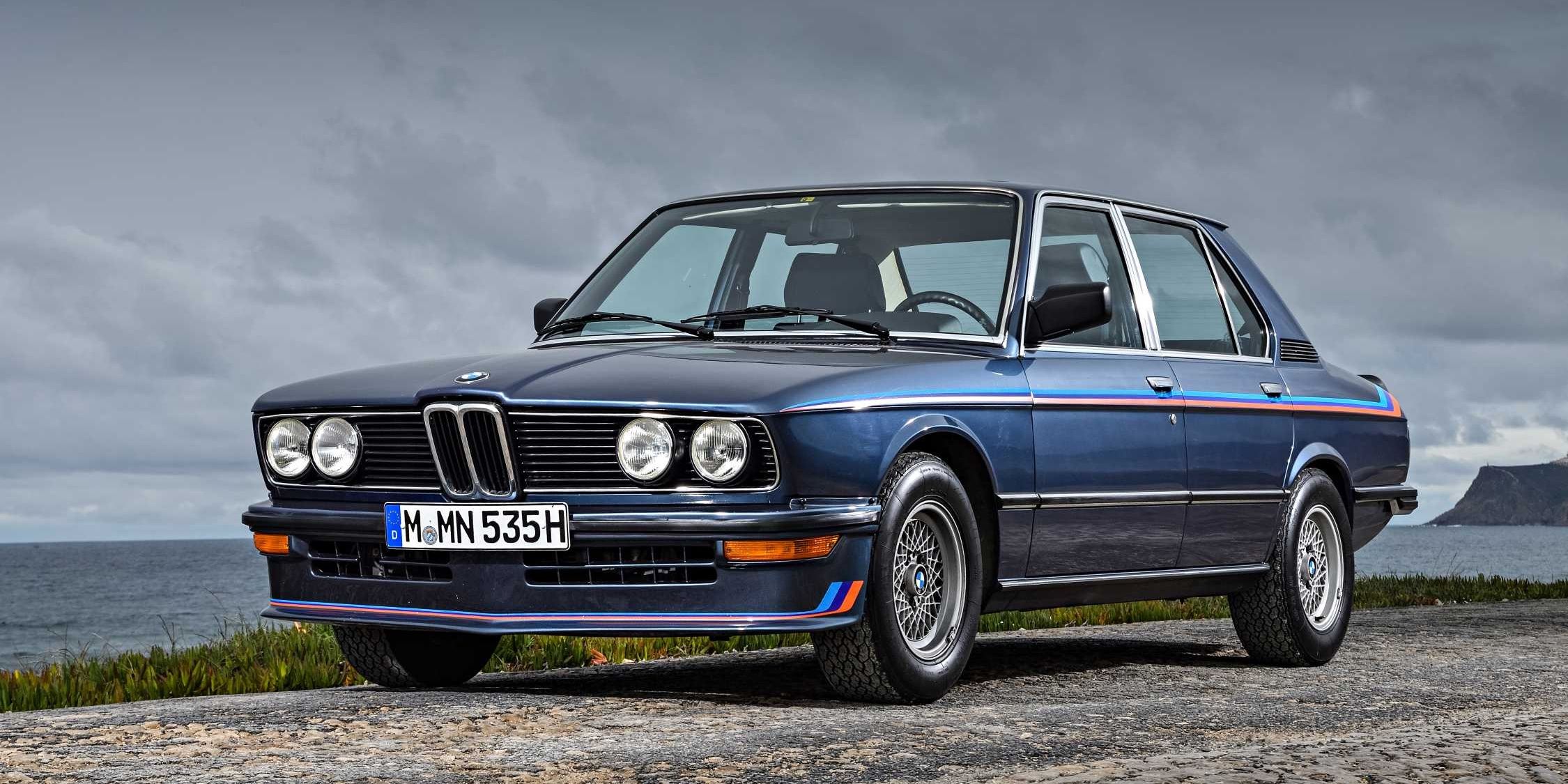
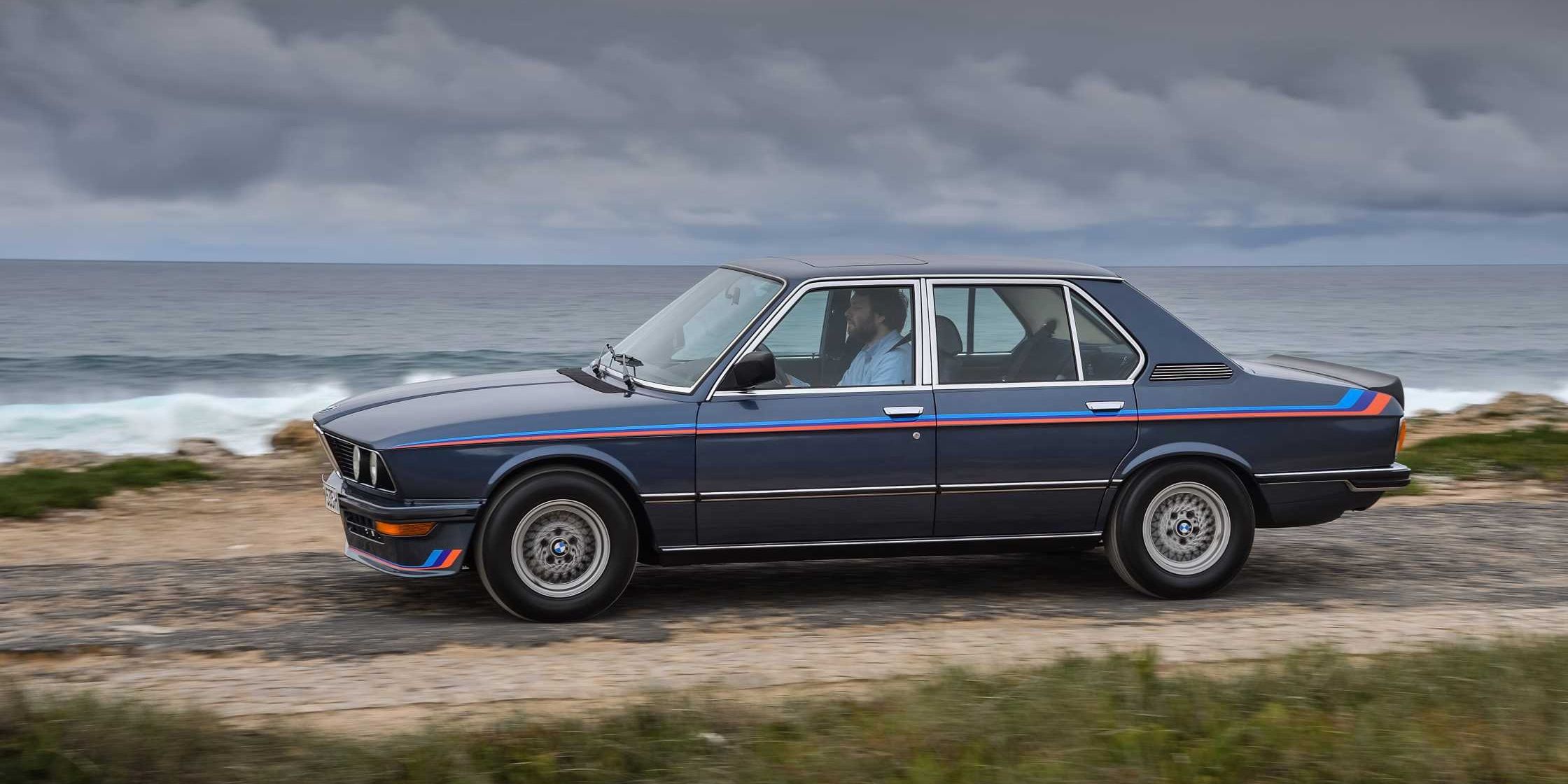
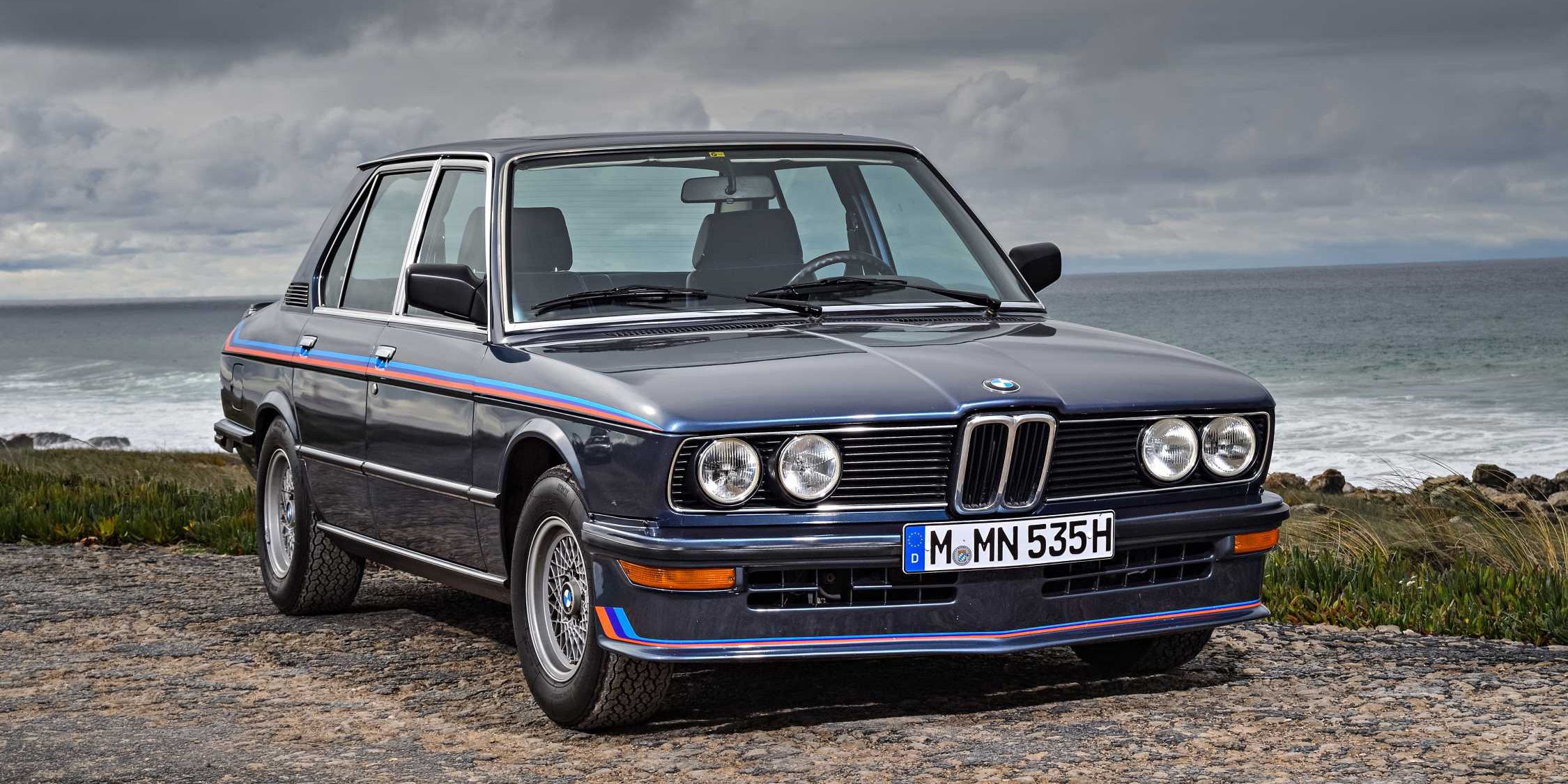
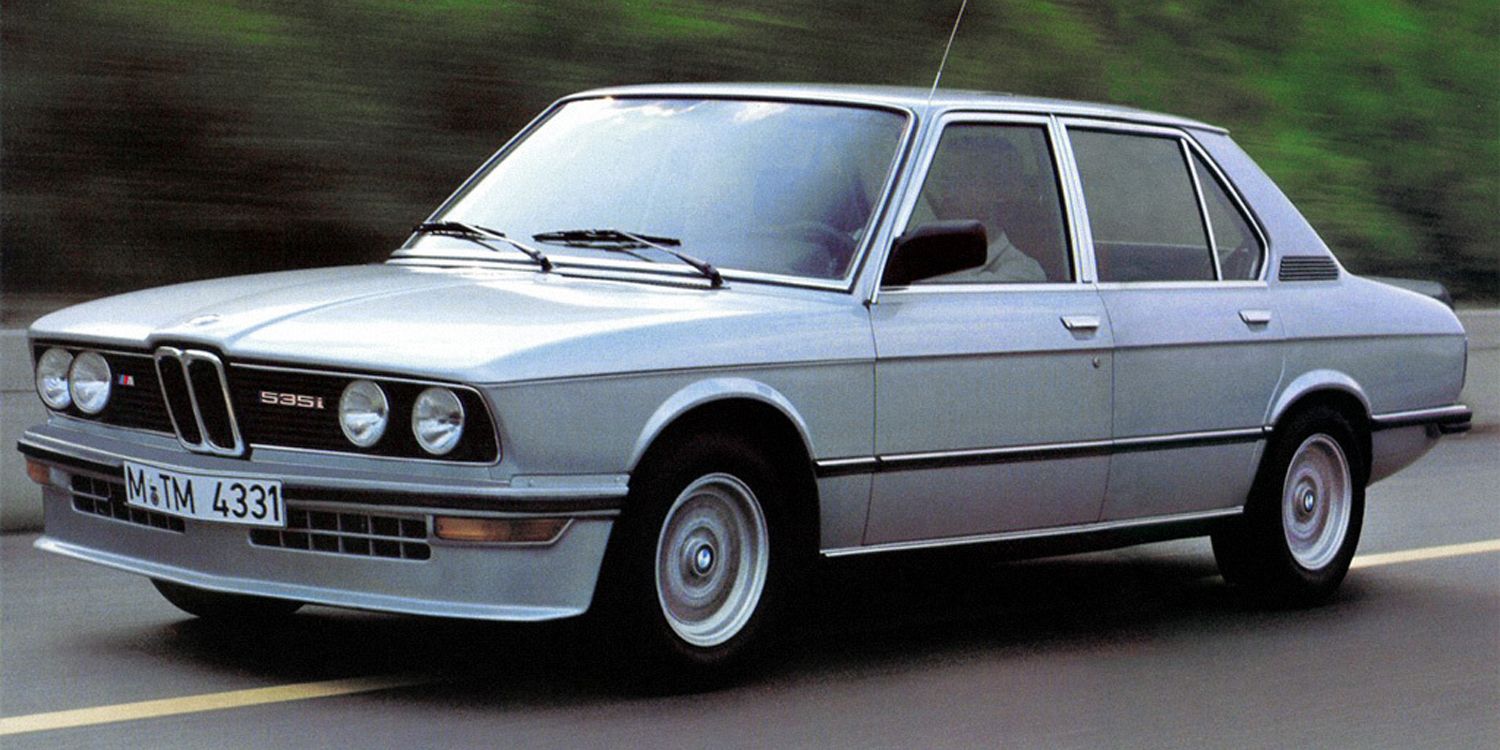
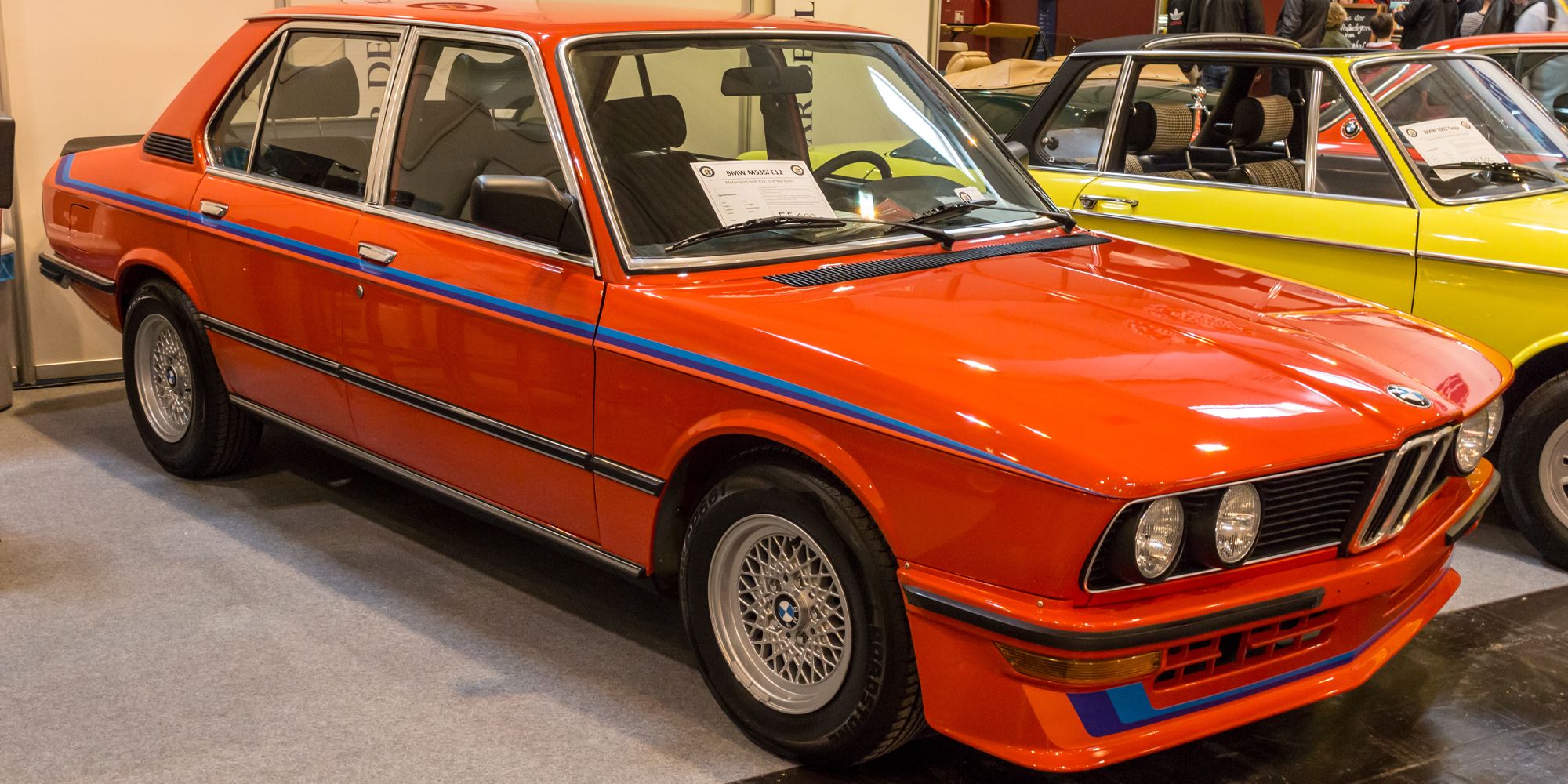
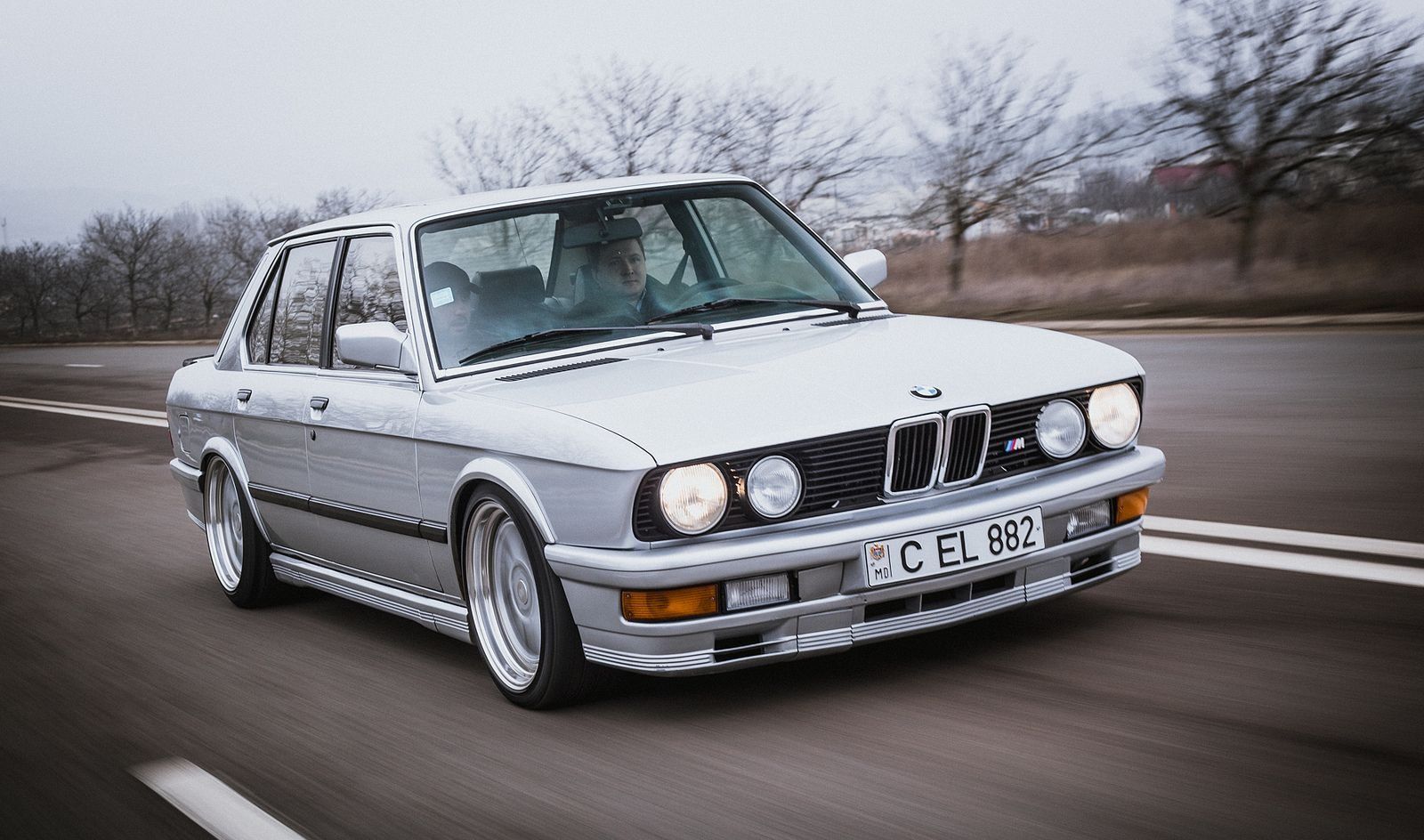
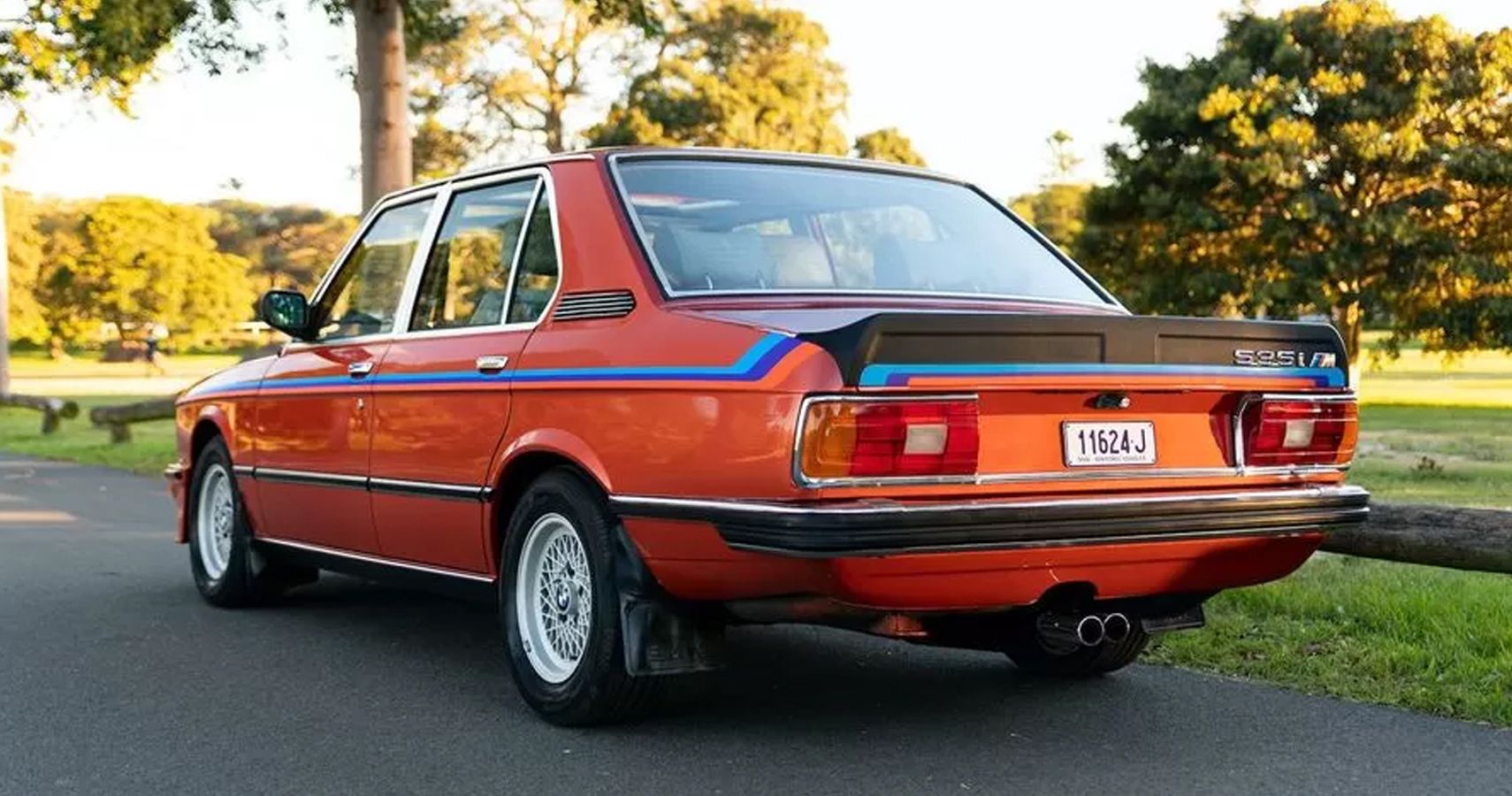
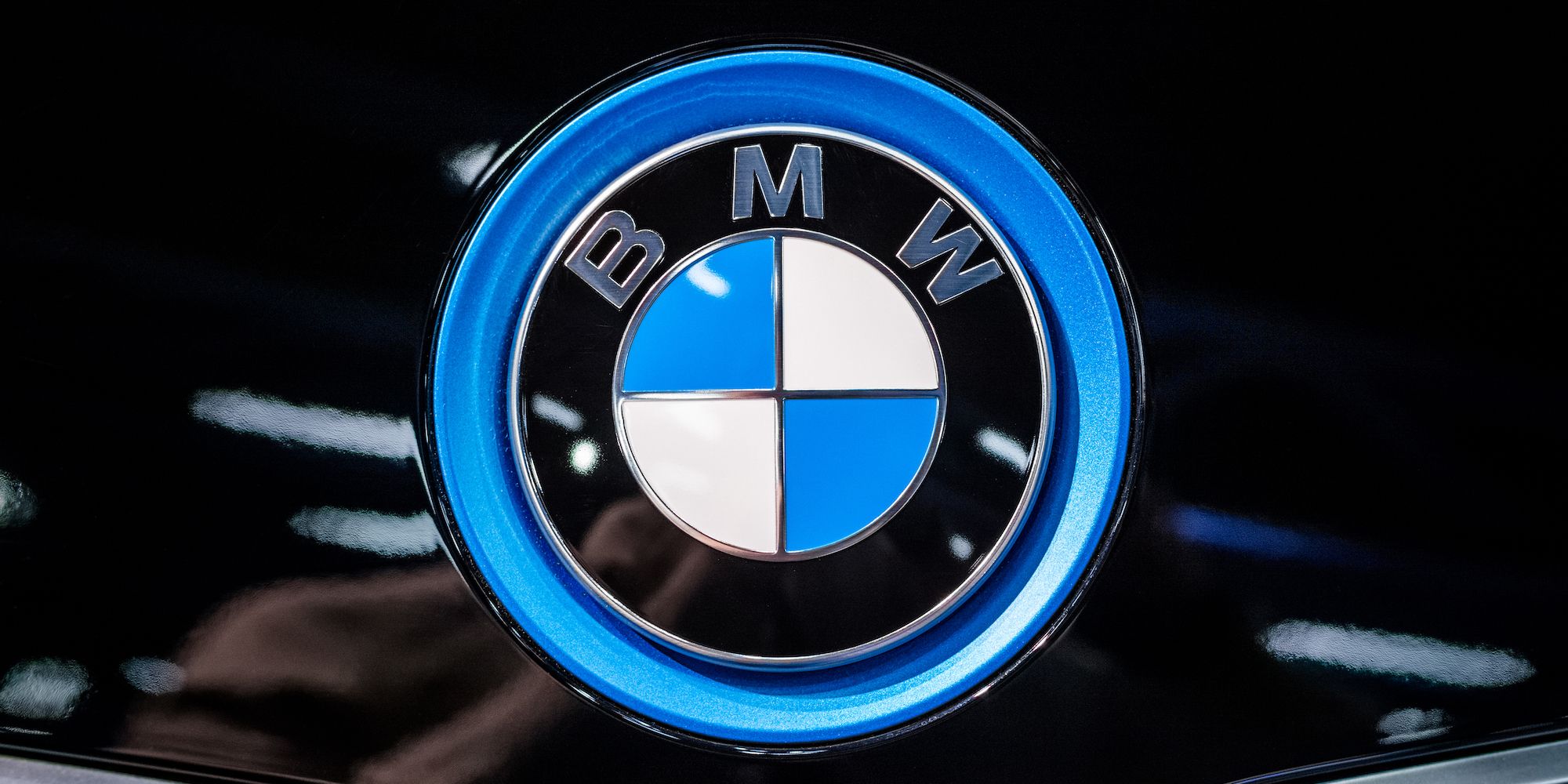
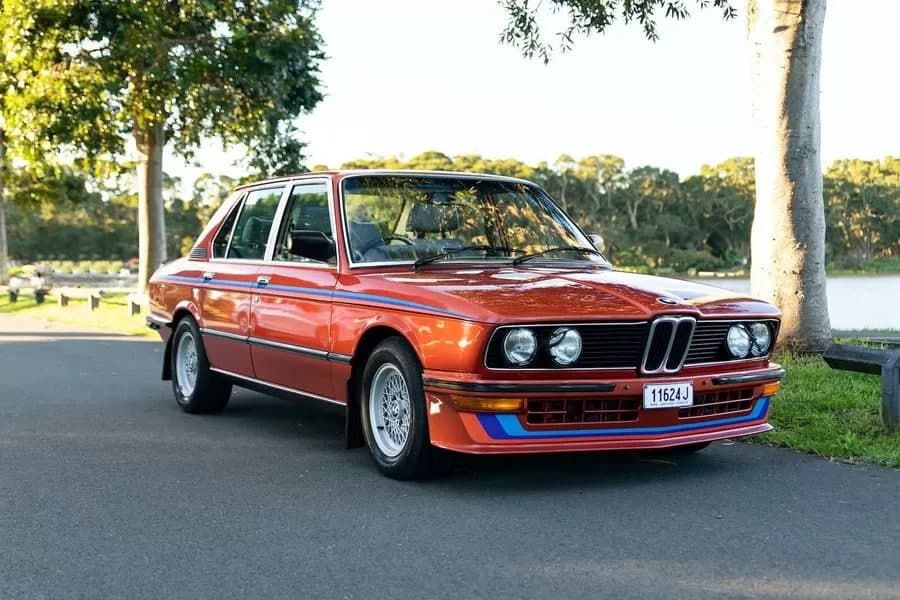
.jpeg)
